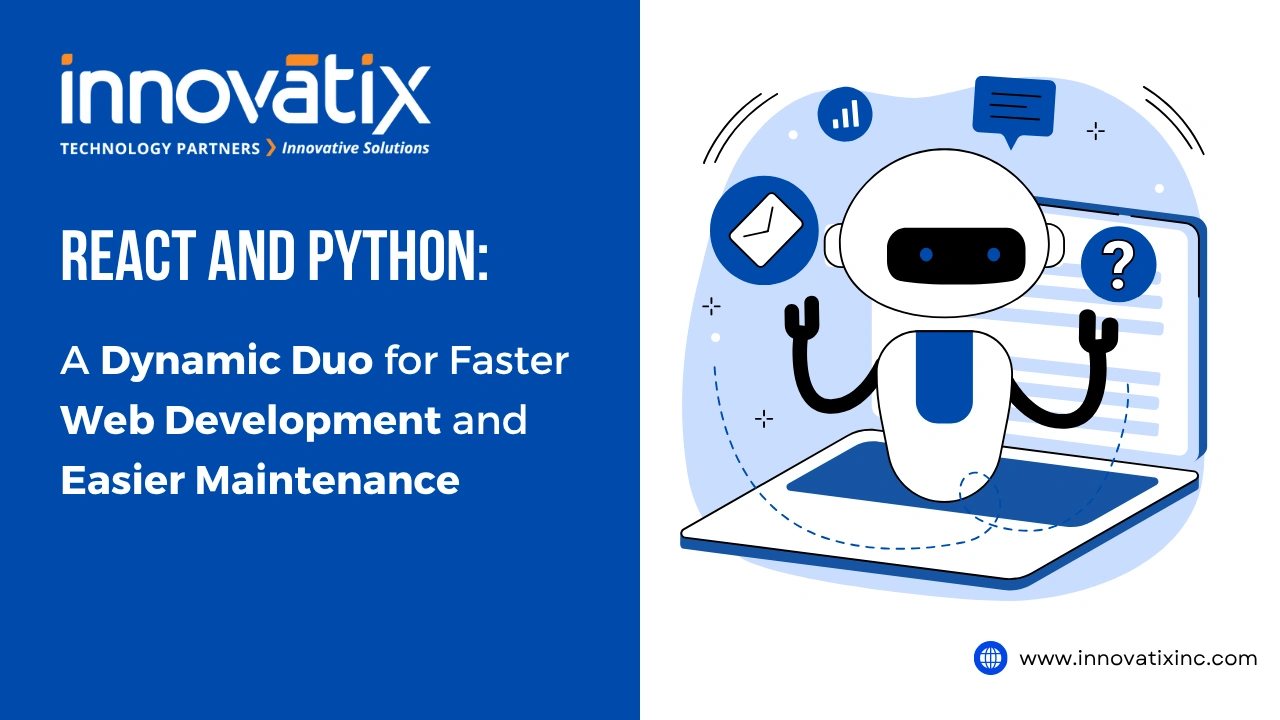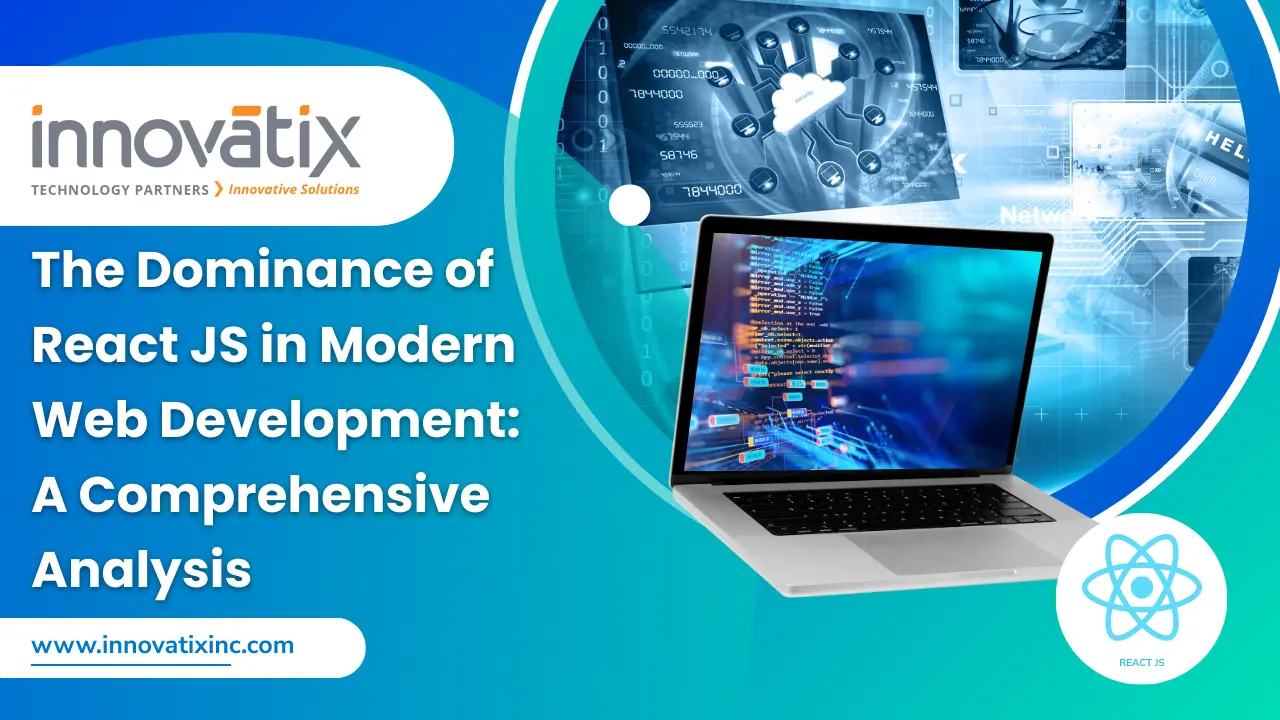Alok Krishna K
Home » Archives for Alok Krishna K

Alok Krishna K
Passionate, Enthusiastic, Tireless seeker of knowledge and an experienced Technical Consultant with a 13 year of experience with working in the E-commerce and CRM Applications. Skilled in PHP, Laravel, E-commerce, Magento, Shopify, WordPress, and Drupal. His passions include cycling, travelling, watching movies and playing cricket.

Why AWS Cloud is Better for Application Deployment and Maintenance Than On-Premises Servers
Read More » Alok Krishna K October 9, 2024




